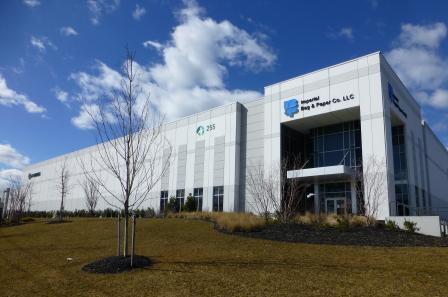The term “Superfund” is a U.S. Environmental Protection Agency designation that’s part of a program designed to fund the cleanup of sites contaminated with hazardous substances and pollutants. They aren’t just brownfield sites: they are the worst of the worst. It was established as the Comprehensive Environmental Response, Compensation, and Liability Act of 1980 (CERCLA).
When The Restoration Economy (Berrett-Koehler, 2002) was first being researched and written in 1996, the EPA’s brownfields program was just getting started. At that point, it was assumed that Superfund site would be off-limits to reuse for decades…maybe forever.
But times have changed, and restorative technologies have evolved. Now, Superfund sites all across America are being remediated and reclaimed as parks, industrial sites, and even residential areas.
Here are just two examples, both in the state of Mississippi:
Davis Timber:
The 30-acre Davis Timber Company Superfund site is located outside of Hattiesburg, Mississippi. From 1972 until the late 1980s, Davis Timber Company operated a wood preserving facility at the site. Operators discharged contaminated wastewater into an on-site storage pond, contaminating soil and sediment. EPA placed the site on the National Priorities List (NPL) in 2000.
EPA performed cleanup activities at the site between 2011 and 2012. Cleanup activities included digging up contaminated soil and sediment, containing waste under a 3-acre capped area, controlling surface water flow, and controlling erosion. After a community-based reuse assessment, the site owner donated a 3-acre area for use as a community center and polling location.
The Hub City Humane Society operates an animal shelter and the Fields of Barktopia Dog Park on site. Other site uses include parking, connections to the adjacent Longleaf Trace recreational trail and restored habitat for pollinators.
Flowood:
The 225-acre Flowood Superfund site is located in the wetlands and lowlands area of the Pearl River floodplain in an industrial area of Flowood, Mississippi. Over the last 60 years, two manufacturing facilities operated on site; owners and operations changed several times. For over 20 years, plant operators discharged polluted wastewater into a nearby canal without a state permit. The State asked EPA to study the area, and the Agency found high levels of lead in the canal water, sludge and soils.
In 1984, EPA placed the site on the National Priorities List (NPL). EPA worked with the State and facility owners to remove contaminated soil and monitor the groundwater. The cleanup and improved disposal practices protected area residents and nearby ecological resources while enabling industrial facilities to continue to operate, retaining jobs and income in the community. Following cleanup, EPA took the site off the NPL in 1996.
The Stone Container Corporation purchased the northernmost site facility in 1983 and operates there today, manufacturing corrugated boxes. A private individual took over the southernmost facility for use as storage space in October 2003. The United Gas Pipe Line Company currently owns the southwest portion of the site. A distribution company, a flea market and a real estate agent office are also located on site.
Featured photo is the PJP Landfill Superfund site in Jersey City, New Jersey. Following cleanup, Imperial Bag & Paper Co. moved its company headquarters on site. The business employs 470 people and generates over $1.8 billion in estimated annual business sales revenues.

